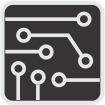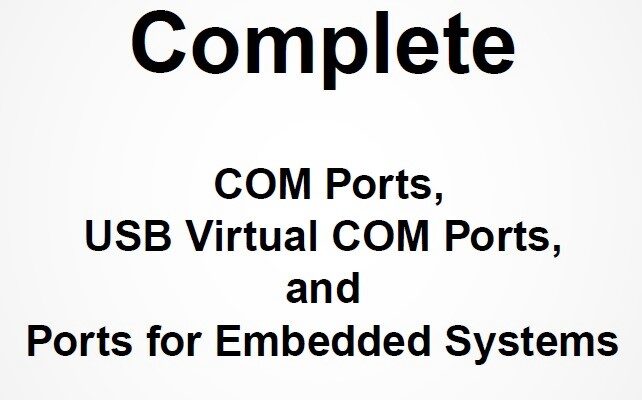Autor: Jan Axelson
Editura: Lakeview Research LLC – Madison, WI 53704
An aparitie: 2007
Despre ce este vorba?
Cartea prezinta in detaliu porturile RS-232, RS-485 si interfetele wireless disponibile intr-un PC, precum si apelarea acestora in sistemele embedded.
Este de altfel si un ghid de programare in Visual Basic .NETm Visual C# .NET, PICBASIC PRO si Microchip MPLAB.
Structura cartii
1. Options and Choices
- When to use a Serial Port
- System Components
- Applications
2. Formats and Protocols
- Sending Serial Data
- Sending Bits
- Data Formats
- Preventing Missed Data
- 3 COM Ports onPCs
- Port Architecture
- Accessing Ports
3. Inside RS-232
- The Hardware Interface
- Timing Limits
- Converting Voltages
- Port-powered Circuits
- Alternate Interfaces
4. Designing RS-232 Links
- Connectors and Adapters
- Cables
- About Grounds
- Debugging Tools
5. Inside RS-485
- About RS-485
- Interfacing Options
- Controlling the Driver Enable
6. Designing RS-485 Links and Networks
- Long and Short Lines
- Line Terminations
- Biasing the Line
- Cable Types
- Grounds and Differential Lines
- Using Multiple Buses
7. Going Wireless
- Media and Modulation
- Infrared
- Radio Frequency
8. Using .NETs SerialPort Class
- Gaining Access to a Port
- Transferring Data
- Using Stream Objects
- Combo Box Example
9. Managing Ports and Transfers in .NET
- Receiving Data
- Sending Data
- Flow Control
- Handling Errors
- Structuring an Application
10. Ports for Embedded Systems
- A Microcontroller Serial Port
- Registers
- Accessing a Port
- Adding Ports
11. Network Programming
- Managing Traffic
- Addressing
12. An RS-485 Network
- Connecting the Nodes
- Example Protocol
- Commands
- Polling the Nodes
- Responding to Polls
13. Inside USB
- Hosts and Devices
- Assigning a Driver on the Host
- USB Transfers
14. Using Special-function USB Controllers
- Inside the Chips
- Using the Controllers
15. Using Generic USB Controllers
- The Communication Devices Class
- Using the Abstract Control Model
- Descriptors and INF Files

